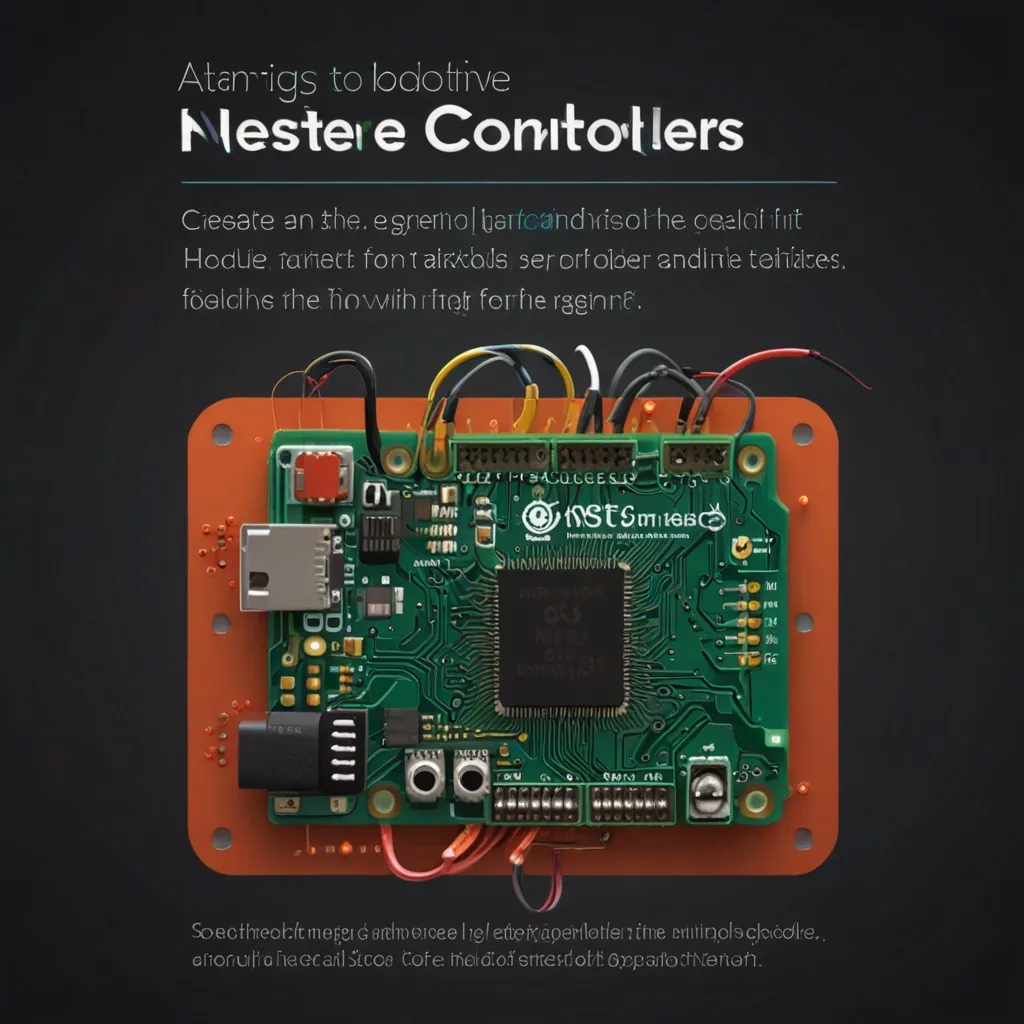Imagine a world where your C applications could tap into the easy elegance of a lightweight scripting language to manage tasks with surprising finesse. Enter Lua. Embedded in C applications like a dance partner that understands all the right moves, Lua shines in its simplicity and flexibility. Whether you’re navigating the stormy seas of a massive project or leisurely sailing through small scripts, Lua is your first mate. Let’s explore this friendly, nimble scripting language, its symbiotic relationship with C, and why it’s played a starring role in some of the tech world’s favorite dramas.
First, let’s chat about the elegant minimalism that is Lua. When most of us think of programming languages, thoughts usually drift toward large, intimidating tomes of syntax and rules. Lua, however, is that cool new friend who’s not trying too hard. Originating from Brazil, this language sheds unnecessary weight to confidently deliver the essentials. It’s almost as if Lua whispers a calming mantra to the commanding nature of C, reminding it that sophistication and efficiency come not from bells and whistles but from the dance between simplicity and power.
Why pair Lua with C? To put it simply, the combo is a well-choreographed dance between raw power and graceful adaptability. C provides the iron fist with its robust performance muscle, while Lua adds the velvet glove, enhancing flexibility and control. Embedding Lua into C applications feels a bit like adding sails to a steamship. The strength and reliability of C are complemented and expanded by Lua’s script-based tinkering, allowing for easier updates and changes without sinking into the depths of crunchy, complex code. This combination lends itself particularly well to games, where responsiveness and adaptability can make or break the experience. Ever heard of Angry Birds? Lua was there, catapulting avian warriors into our hearts.
So, how exactly does this interaction work at a code level? Picture this simple blend—C operates as the foundational framework, akin to the canvas, while Lua scripts enhance functionality through its poised brush strokes. When imbued into C, Lua scripts empower applications with the ability to achieve dynamic configuration, personalization, and even real-time tweaks while running. Imagine a game where you could change the properties of an on-screen entity or recalibrate your algorithm without recompiling the original source code—the freedom and efficiency it brings to developers is liberating.
Setting up Lua in a C landscape is surprisingly straightforward, requiring just a dash of patience and careful handling. To start, you craft the basic shell of your application in C, then invite Lua to the party by linking the requisite Lua libraries. Think of the process like setting up a guest room. Once comfortably embedded, Lua gains access to C’s functions through Lua-C API, allowing Lua scripts to call C functions and vice versa—creating a symbiotic relationship that thrives on the strengths of both languages.
In practical terms, a Lua script, wrapped in C’s architecture, may look like this: you write a chunk of code in Lua, maybe a function to calculate the trajectory of an object. This function is kept in a Lua file and then accessed from the C code using the Lua interpreter. Here’s a simple illustration:
#include <lua.h>
#include <lauxlib.h>
#include <lualib.h>
int main(void) {
lua_State *L = luaL_newstate(); // Create a new Lua state
luaL_openlibs(L); // Open the standard libraries
luaL_dofile(L, "script.lua"); // Load and run the Lua script
lua_getglobal(L, "calculate"); // Retrieve calculate function from script
lua_pushnumber(L, 10); // Push first argument
lua_pushnumber(L, 20); // Push second argument
lua_pcall(L, 2, 1, 0); // Call the function (2 args, 1 result)
printf("Result: %f\n", lua_tonumber(L, -1)); // Fetch and print the result
lua_close(L);
return 0;
}
Now in script.lua, you could have:
function calculate(a, b)
return a + b
end
Here, Lua showcases its finesse with straightforward syntax, gracefully calculating and returning the sum, while the heavy lifting and framework integrity remain grounded in C.
But Lua doesn’t just shine through its minimal syntax and ease of embedding. Its garbage collector is like a thoughtful roommate who cleans up after parties—keeping memory tidy and efficient automatically, so you’re free to focus on the next big thing. This is a boon, especially in environments where resource allocation is critical.
Not to be glossed over is Lua’s impressive portability. This little scripting dynamo can be compiled on almost any platform with a standard C compiler. Whether you’re coding for niche embedded systems, mobile games, or grand server architectures, Lua travels light. It’s the consummate globetrotter, a minimalist traveler equipped with everything needed to adapt to any environment it visits.
From an ecosystem standpoint, Lua might seem like the indie darling of programming languages. It lacks the monolithic presence of Python and Java, but then again, that’s part of its charm. As developers increasingly seek customized, efficient solutions in a world inundated by technological noise, Lua’s appeal grows exponentially. It’s not trying to win any popularity contests; it’s content being the secret ingredient behind some of the most masterful digital experiences.
As we delve deeper into the ecosystem of programming languages, it’s refreshing to find one that aligns with the general ethos of doing more with less. In a world burgeoning with languages that hoard syntax rules and trappings, Lua holds onto its stripped-back design, content with bearing the essentials.
Incorporating Lua into your C toolkit may require a small learning curve, but much like developing new relationships, it’s about appreciating the nuances and embracing the merger of strengths. Lua becomes not just a tool but a valuable companion, whispering enhancements into the ear of C-driven applications—whether in gaming, network systems, or data analysis, wherever a little lightness can enhance raw power.
In summary, think of Lua as a calm, intelligent helper, one that amplifies the capabilities of C with minimal fuss. It allows you to focus on crafting exceptional user experiences through easy iteration and manageability while tapping into the underlying power that C’s foundational strength provides. So, whether you’re scripting an exciting gaming adventure or tweaking the internals of a robust application, know that with a Lua-infused C project, you’ve tapped into a harmonious collaboration that’s building the future, one elegant function call at a time.






